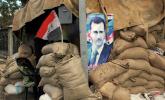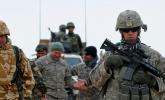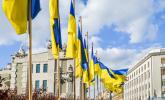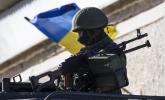January 14, 2024 - ISW Press
Ukraine is dramatically expanding its defense industrial capacity to develop the ability over time to satisfy its military requirements with significantly reduced foreign military assistance. Ukraine is pursuing three primary lines of effort to achieve this goal: increasing its domestic defense industrial base (DIB), building bilateral and multilateral partnerships with European states, and pursuing industrial joint ventures with the United States and other international enterprises to co-produce defense materials in Ukraine and elsewhere. Ukraine will require considerable Western military assistance for several years, and its ability to reduce its dependence on such assistance depends in part on whether it can liberate strategically vital areas currently occupied by Russian forces, among other factors. But Ukraine and its Western partners are executing a realistic plan to create a sustainable basis for Ukraine to be able to defend itself over the long term with dramatically reduced foreign military assistance.











